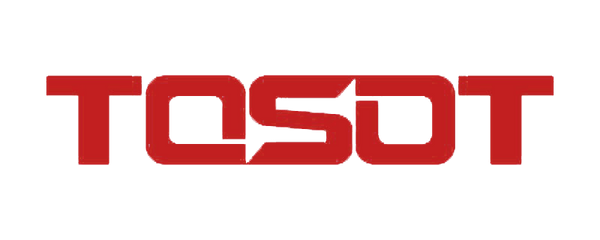Installing a mini split system is one of the most effective ways to enhance energy efficiency and comfort in your home. But before you get started, it’s important to understand whether you need a permit to install a system like the ones offered by TOSOT. Permit rules vary across the U.S., and getting this step right ensures your installation is safe, legal, and up to code.
Why Permits Are Required for Mini Split Systems
Permits serve as a safeguard to ensure that construction and mechanical projects, such as HVAC installations, meet local building codes and safety standards. Mini split systems, while compact and energy-efficient, involve more than simply mounting a unit on a wall. Installation often includes drilling through walls, wiring electrical components, and handling refrigerant lines. These activities can affect the structural integrity of a home and carry risks if not done correctly.
By requiring a permit, your city or county ensures that the system is installed by qualified professionals, reducing the likelihood of fire hazards, refrigerant leaks, or damage to existing electrical or plumbing systems. A permitted installation also helps protect the long-term value of your home and can be important when selling or insuring your property.
Who Regulates HVAC Permits in the U.S.?
Permit requirements are regulated at the local level, typically by city or county building departments. This means the rules can vary significantly depending on where you live. In some places, you might need only a mechanical permit. In other cases, electrical and structural permits may also be required if the installation involves additional work beyond the mini split itself.
To avoid guesswork, it’s always best to contact your local permitting office before starting the project. Most municipalities have websites or phone lines where you can ask about mini split HVAC installation requirements. Some even offer downloadable permit forms and online application portals to make the process easier.
You can also reach out to your local HVAC technician, as they are probably up-to-date on whether you need a permit or not.
When Is a Permit Required?
In most cases, a permit is required whenever you are installing, replacing, or significantly altering an HVAC system, including a ductless mini split. If you are installing a new TOSOT mini split system that requires cutting into walls, mounting equipment, or connecting new electrical circuits, your local authorities will likely require a permit.
Even in areas where codes are more relaxed, you should not assume that a mini split system is exempt. Most municipalities don’t require a permit for portable or window AC units, but ductless systems like TOSOT’s are generally considered permanent installations and fall under standard building codes.
What’s Involved in Getting a Permit?
The process typically starts with submitting a permit application to your local building department. You’ll need to provide information about the type of system you’re installing, such as the brand, model, and size. Installation plans, including the location of indoor and outdoor units, may also be required. If you’re working with a licensed HVAC contractor, they can often handle the paperwork on your behalf.
After the permit is approved, you may be required to schedule an inspection either during or after the installation. Inspectors check to ensure that everything complies with code and that safety guidelines have been followed. Passing this inspection not only gives you peace of mind but also validates that your mini split system was installed correctly and legally.
What Happens If You Skip the Permit?
Skipping the permit might seem like a time-saver, but it can lead to expensive problems. If local inspectors discover unpermitted work, you could be fined or required to remove the system. Even worse, any damages caused by faulty installation may not be covered by your homeowner’s insurance if the work wasn’t permitted and inspected.
Selling your home could also become more complicated. Unpermitted work can delay or derail real estate transactions, especially if the buyer requests documentation showing that HVAC systems were installed legally.
TOSOT Recommends Professional Installation
While TOSOT mini split systems are engineered for efficient performance and ease of use, professional installation is always recommended. Licensed HVAC technicians not only have the training to install your system safely, but they are also familiar with local permitting requirements and can ensure every step of the process is handled correctly.
Hiring a professional also protects your warranty and ensures the system performs at peak efficiency for years to come. With a properly permitted and installed mini split, you’ll get the full benefit of quiet, energy-efficient comfort without the worry of hidden risks.
Final Thoughts
Installing a TOSOT mini split system is a great way to boost your home’s comfort and efficiency, but it’s important to check your local permit requirements before starting the job. Taking the time to go through the proper channels can save you from headaches down the road and help you get the most out of your investment.
If you’re unsure where to start, contact your local building department or reach out to a licensed HVAC contractor in your area. They can help guide you through the permitting process and make sure your installation is smooth, safe, and fully compliant.






